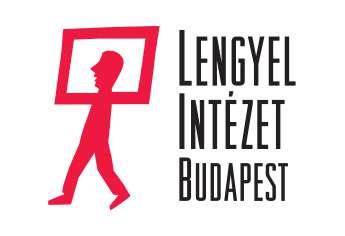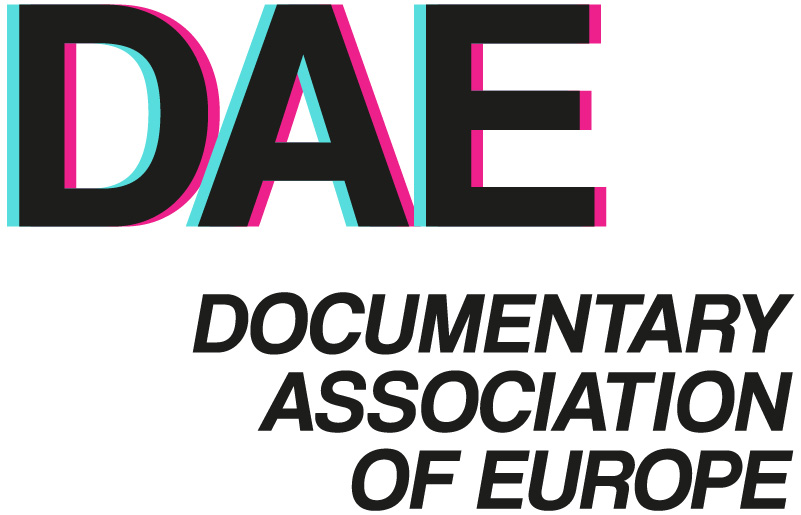PERSONAL IS POLITICAL IS CINEMA: Cinema as a Place for the Exploration of the Political Self

What begins as a witty, seemingly innocent portrait of a single Warsaw street quickly unfolds into a mosaic in which every resident is given weight on screen, if not in real life. All except one—Arjun himself. Through his almost Stockholm-syndrome-like interviews of many Poles—including those who describe themselves as “rare, 3%, generational Varsovians”—Talwar foregrounds their perspectives over the problematic identity they project onto him: the immigrant, the “Michael Jackson,” the Other. Were this an expository documentary,[1] the racial commentary would have been a poke-in-your-eye obvious. But the director, who after hearing “…once, there were no dark-skinned people (like you)” extends his hand to the (unintentionally) ignorant man to dance with him and assimilate, the attempt at didacticism is lost. As is Arjun’s attempt to preserve his non-immigrant self.
Putting the Pole’s Polish experience as a prominent subject isn’t the only way the director objectifies himself, and neither is the fact that the director literally appears in front of his own camera, as a character. The objectification is the most vivid in the scenes in which Arjun “steps out”—both literally, in front of the camera, and figuratively, stepping out of himself. Yet it seems that any time Talwar is ready to take some agency, it is never to serve the self, but to serve the other, resulting in Othering his own self. For example, at an Independence Day march—an event even the local, ethnically “pure” postman avoids—Talwar confronts a potentially dangerous white man as a person of color during a parade whose slogan reads WHITE LIVES MATTER, only to borrow a Polish flag. Here, he appears not to assert himself privately but to demonstrate something to others. But maybe what the director is attempting here is exactly what Renov notices about conceptual artist Lynn Hershman’s First Person Plural—”...a projection of the self onto a broader historical backdrop” as a sort of an “...escape (and) the recontextualization”. This recontextualization of the self may however be difficult in a city with graffiti such as “Polska dla Polaków[2]”, and even deadly, as is hinted at by the Adi’s suicide.
It may also be difficult to recontextualize, if the intention to “blend in” doesn’t root in a wish to merge, but an intention to subsume oneself in the other. In an interview with Meenakshi Shedde during Berlinale, the interviewer marvels at Talwar’s establishment as an artist in Poland, calling it “ultra cool, beyond understanding” because “(us) Indians are either labor class or Silicon Valley hi-tech people.” If her—seemingly successfully established immigrant point of view—remotely reflects how other Indian immigrants perceive themselves, then Arjun’s attempt to blend in (and do so completely) makes complete sense. But if that is not the case, then why does the director stay silent at “funny” comments that refer to Indians as cultured, but only! compared to Africans, since “Africans come from a bush…and can only collect trash in this industrially developed country”. Funny? To whom? Certainly not to Talwar who “escaped being beaten up many more times than he’s been beaten up”. Yet, the prevailing tone of the documentary is humorous, making it hard not to read it as yet another attempt at an assimilation.
There is a single, long-shot scene in Letters from Wolf Street that acts as a short-documentary within a documentary—a narrative so strong it demands absoluteness, but since it has none, it reads almost as a recapitulation of an imperfect whole that this documentary is: When Oscar, the enchantingly charismatic Roma, dances and sings (in his own language!) and gets called “fucking crazy” by his Polish neighbor, the scene is so painfully racist that even Arjun speaks back. But Oscar—confident in his own identity, responds only with “Was it good?”—his concern not being social acceptance, but how he himself has performed the self on camera. Is this not what Talwar longs for, rather than hiding behind his Indian-accented Polish narration?
If Alisa Lebow is right, and identity in autobiographical documentary is “contingent, necessarily incomplete, permanently mutating inasmuch as experience confronts it with different possibilities,” then Letters from Wolf Street can be understood precisely as such: a cinematic attempt to confront experience, negotiate self and society, and approach a sense of wholeness through the act of filmmaking.
References
Lebow, Alisa, ed. The Cinema of Me: The Self and Subjectivity in First-Person Documentary. New York: Wallflower Press, 2012.
Nichols, Bill. Introduction to Documentary. 3rd ed. Bloomington: Indiana University Press, 2017.
Renov, Michael. The Subject of Documentary. 2nd ed. Minneapolis: University of Minnesota Press, 2004.
Shedde, Meenakshi. Interview with Arjun Talwar. YouTube video, https://www.youtube.com/watch?v=[insert-video-id
Business Doc Europe. “Berlin Panorama: Letters from Wolf Street by Arjun Talwar.” March 2023.https://businessdoceurope.com/berlin-panorama-letters-from-wolf-street-by-arjun-talwar/

















































